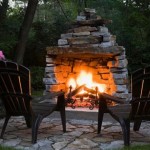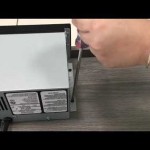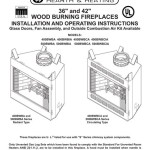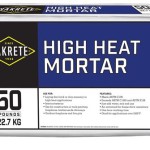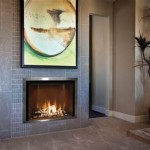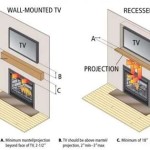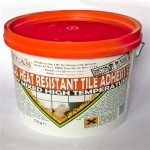Fireplace Insert Installers: A Guide to Choosing and Working with Professionals
Adding a fireplace insert to your existing fireplace can dramatically improve efficiency, enhance aesthetics, and provide a more enjoyable fire experience. However, installing a fireplace insert is a complex task best left to professionals. Choosing the right fireplace insert installers ensures a safe, functional, and aesthetically pleasing installation. This guide will delve into important considerations when selecting fireplace insert installers and navigating the installation process.
Key Considerations When Choosing Fireplace Insert Installers
Choosing experienced and qualified fireplace insert installers is crucial to ensure a successful project. Consider the following factors:
1. Expertise and Experience:
Look for installers with demonstrable expertise and experience in installing fireplace inserts. Experience in different types of fireplace inserts, including gas, wood-burning, and electric, is beneficial. Ask about the installers' portfolio of previous projects and seek recommendations from trusted sources.
2. Licensing and Insurance:
Verify that the installers are licensed and insured for the type of work involved. Licensing demonstrates compliance with industry standards and ensures the installer is qualified to handle the task. Insurance protects you from potential liabilities in case of accidents or damage during the installation process.
3. Communication and Transparency:
Open communication is essential throughout the process. Choose installers who are responsive to your questions, provide clear estimates, and communicate timelines effectively. Transparent communication fosters trust and ensures you are well-informed about the project's progress.
4. Customer Reviews and Testimonials:
Exploring online reviews and testimonials from previous clients can provide valuable insights into the installers' professionalism, quality of work, and customer satisfaction. Positive reviews and feedback are strong indicators of a reliable and trustworthy installer.
The Installation Process
The installation process for fireplace inserts typically involves several stages. Understanding these steps will help you stay informed and collaborate effectively with your chosen installers.
1. Assessment and Planning:
The first step is a thorough assessment of your existing fireplace and the desired insert. This includes measuring the fireplace opening, evaluating the chimney's condition, and determining the appropriate insert type and size. The installers will discuss your preferences, budget, and any specific requirements to create a detailed plan for the installation.
2. Preparation and Demolition:
The existing fireplace might need modifications or demolition to accommodate the new insert. This could involve removing existing firebox materials, adjusting the hearth, or opening up the chimney. The installers will handle this phase carefully and ensure proper safety measures are implemented.
3. Insert Installation:
The heart of the installation process involves carefully placing the insert into the prepared fireplace opening. The installers will connect the insert to the chimney, ensure proper venting and airflow, and seal any gaps or openings to prevent smoke or heat leakage.
4. Hookup and Testing:
Depending on the insert type, they will connect it to the appropriate energy source, such as gas lines or electrical outlets. Once connected, they will perform a thorough test to ensure the insert operates safely and efficiently, verifying proper heat output and smoke venting.
5. Cleaning and Finishing Touches:
After the installation, the installers will clean up the work area, removing debris and disposing of materials responsibly. They may also perform final adjustments to ensure the insert is properly aligned and aesthetically pleasing within the fireplace.
Essential Considerations for a Smooth Installation
Several factors can contribute to a smooth and successful fireplace insert installation. Keep these considerations in mind:
1. Permitting and Inspections:
In many areas, obtaining permits and passing inspections is mandatory for fireplace insert installation. Ensure your chosen installers are aware of local regulations and handle the permitting process efficiently.
2. Safety Considerations:
Fireplace insert installations require careful planning and execution to ensure safety. Confirm the installers have proper safety protocols in place, wear appropriate protective gear, and follow industry standards.
3. Communication and Collaboration:
Maintain open communication with your installers throughout the project. Ask questions, address concerns, and ensure you understand the project's progress and any potential changes. Collaboration between you and the installers promotes a positive and successful outcome.
4. Project Timeline:
Discuss and agree on a realistic project timeline. Consider factors that could affect the timeline, such as permitting delays, material availability, or unforeseen issues. Open communication helps manage expectations and prevent potential delays or disruptions.
Installing a fireplace insert is a significant investment that can enhance your home's comfort and ambiance. By choosing qualified and experienced installers and following these guidelines, you can ensure a safe, efficient, and aesthetically pleasing installation that you will enjoy for years to come.

Fireplace Insert Installation Step By Forbes Home

Gas Fireplace Insert Cost Forbes Home

Fireplace Installations Near Dc Chimney Experts
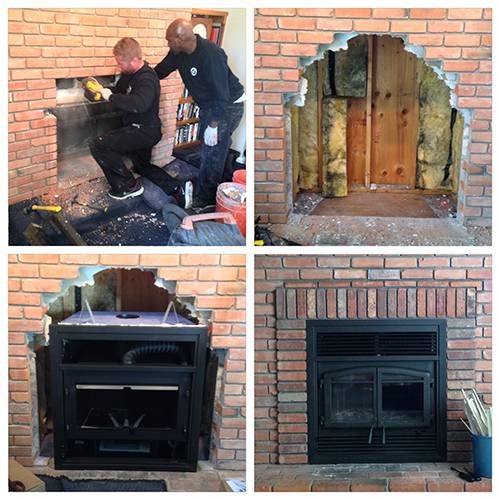
Wood Fireplace S Installation Chimney Sweeps Of America

Wood Fireplace Insert Installation Overview By Rockford Chimney Supply

Wood Burning Fireplace Inserts 1 Stove Insert Dealer

Fireplace Inserts Everything You Need To Know Full Service Chimney

The 10 Best Fireplace Installers Near Me With Free Quotes

Jrc Installers

Fireplace Fitters Installers Scarlett Fireplaces
Related Posts

